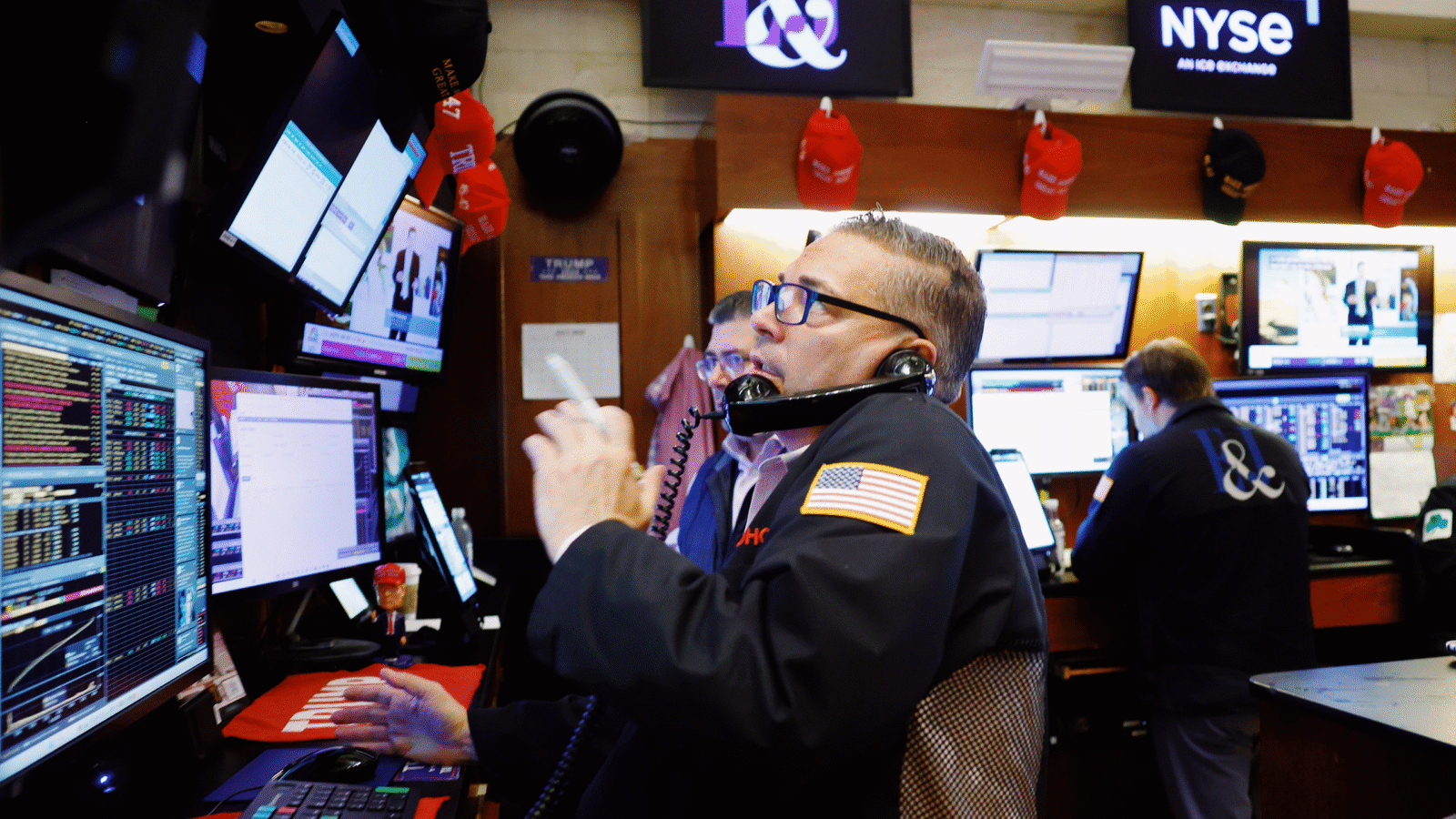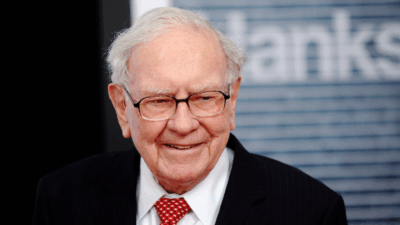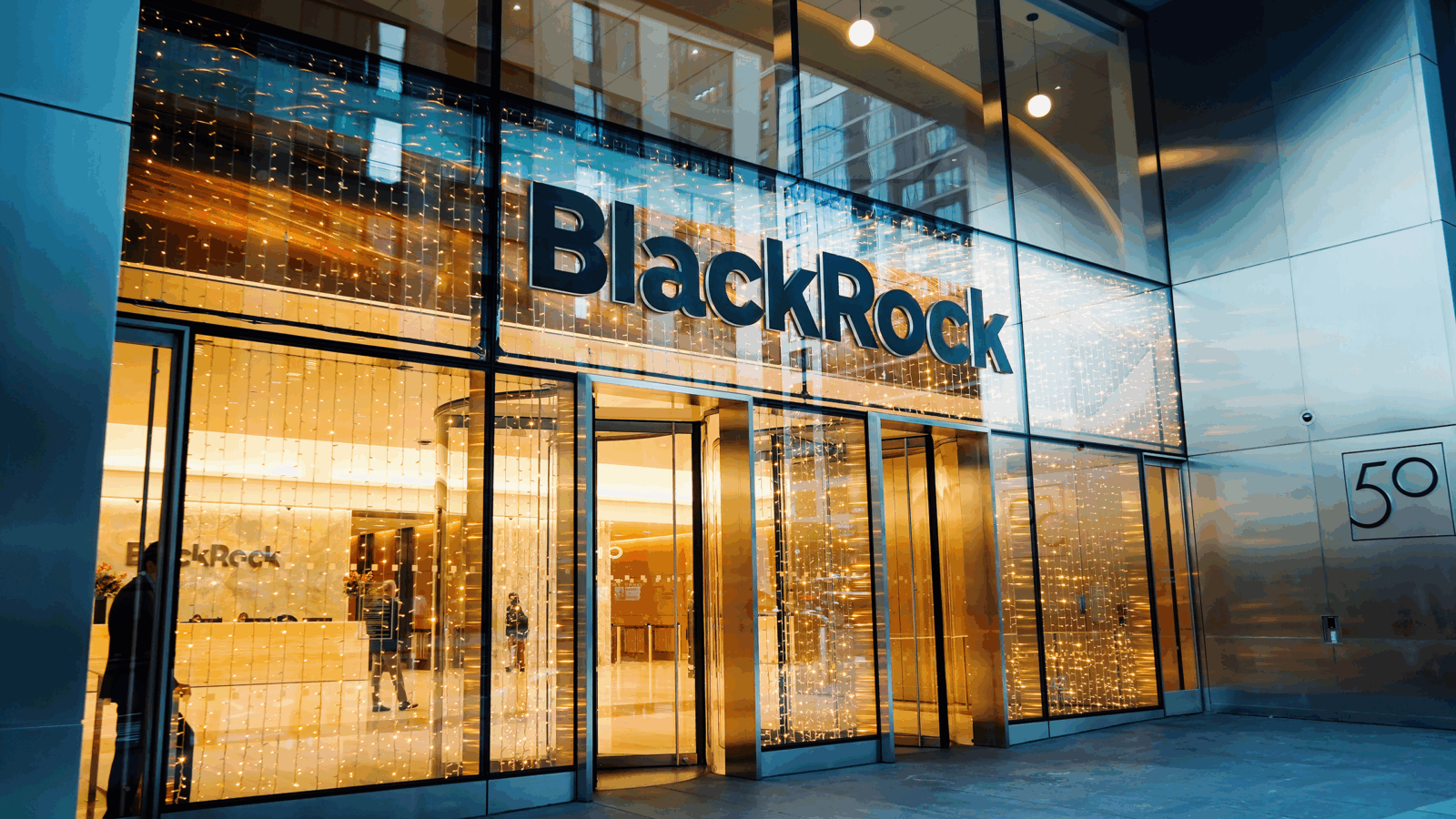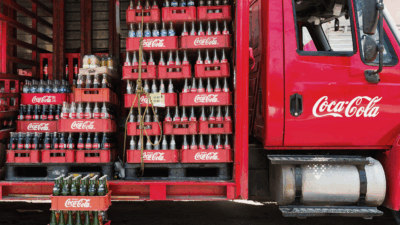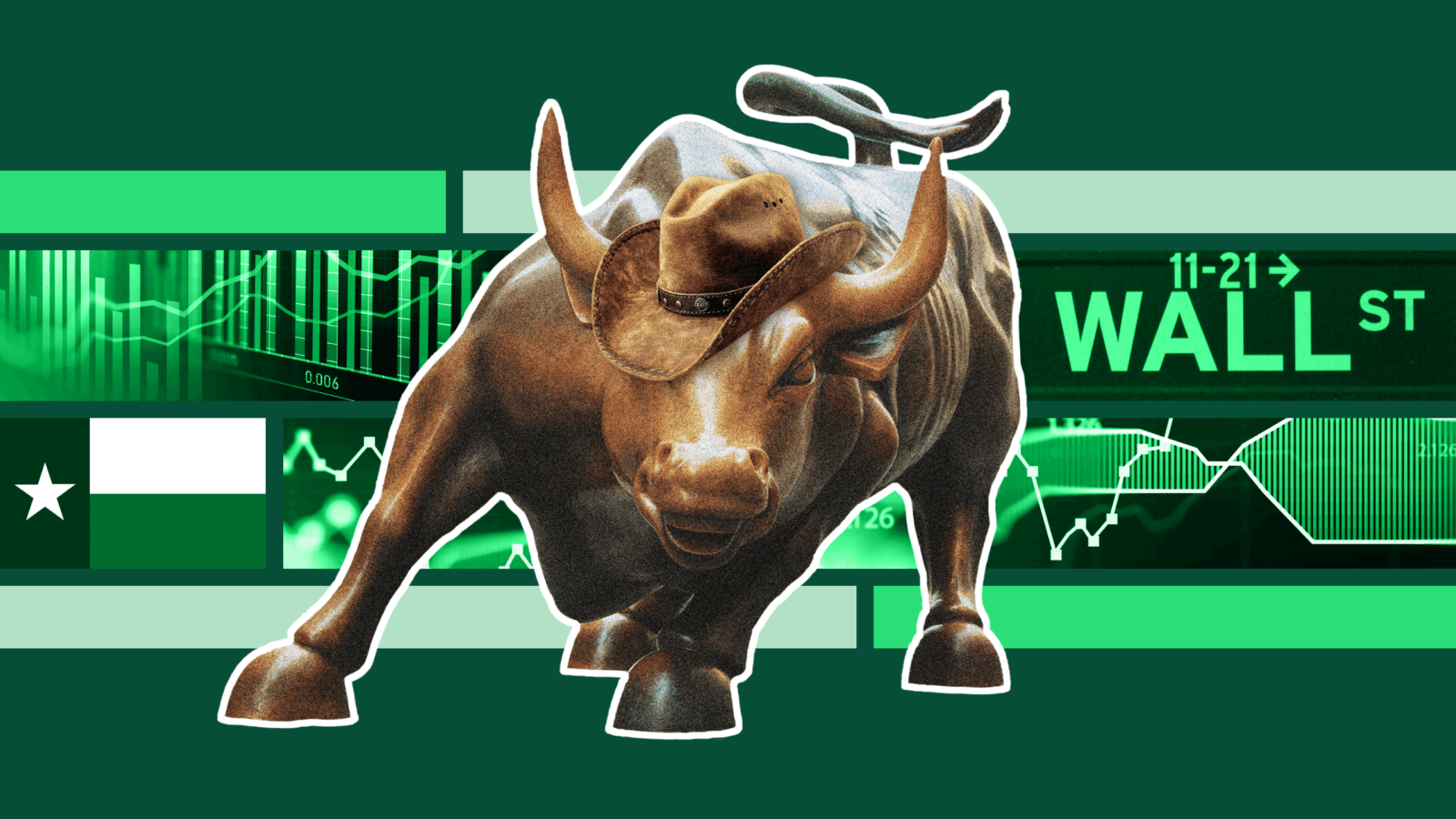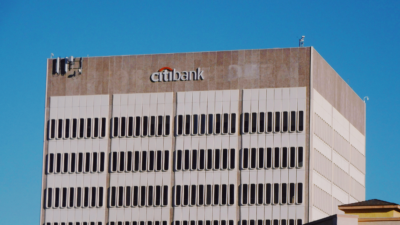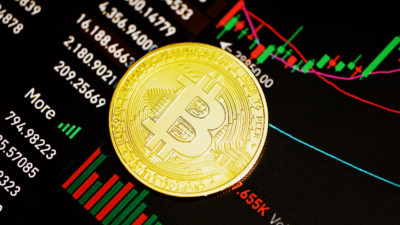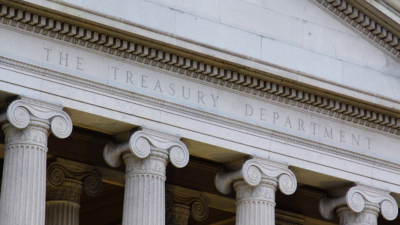
Sign up for smart news, insights, and analysis on the biggest financial stories of the day.
With SPACs the house always wins — even as investors lose their shirts.
The blank-check companies behind the public listings of brand names like DraftKings, WeWork, and BuzzFeed often score big wins even as stock market investors get stung by instantly plummeting valuations after those companies go public, according to a forthcoming paper published in the Review of Financial Services,
There’s a SPAC for That
The manic two-year SPAC fad faded fast as soon as the calendar year changed to 2022, and the average investor was likely happy to wave it goodbye. Investors lost, on an annual average, 37% of their investments in SPAC companies from 2015 through the end of September, according to the research paper. But the sponsors, hedge funds, private equity firms, and the odd Super Bowl champ, who typically chip in around 5% of initial funding before raising the rest from investors, have fared much better. In fact, they turned an average investment of around $8 million pre-merger into around $54 million. Yes, that is an eye-popping annualized return rate of around 110%).
In one example laid out by The Wall Street Journal this weekend, financial services company Cantor Fitzgerald made $35 million after investing less than $10 million to run a SPAC merger with laser tech company AEye inc, which has seen its share price fall over 90% since its listing. That fortuitous quirk comes down to favorable terms and fees for the sponsors — perks that are now facing increased scrutiny amid the SPAC bust:
- SPAC sponsors typically earn a “promote” bonus of around 20% of the value of the SPAC once a merger is completed, a rate that’s largely set by market dynamics and is intended to compensate sponsors for taking on the risk of launching a SPAC.
- But with share prices for post-merger SPAC companies routinely falling as much as 90%, that fee has been criticized as somewhere between overly generous and wildly misleading. In March, the SEC even proposed new disclosure requirements to make such fees more transparent.
Risky Business: Blank-check companies that list shares ahead of a merger are finding it increasingly difficult to find a company to actually merge with. That’s something of a sticky wicket for SPACs who typically only have two years to complete an acquisition and take a company public. If they fail to pull it off, funding can be returned to initial sponsors. Only 58% of blank-check companies listed in 2020 closed on an acquisition target, Barron’s reported in February, meaning dozens of such companies have spent 2022 racing to complete a merger ahead of their deadlines. SPAC king Chamath Palihapitiya closed two of his 10 tech SPAC funds in September after failing to land a deal. Wall Street may be done with this weird mashup of speed dating, musical chairs, and risky backdoor IPOs.
